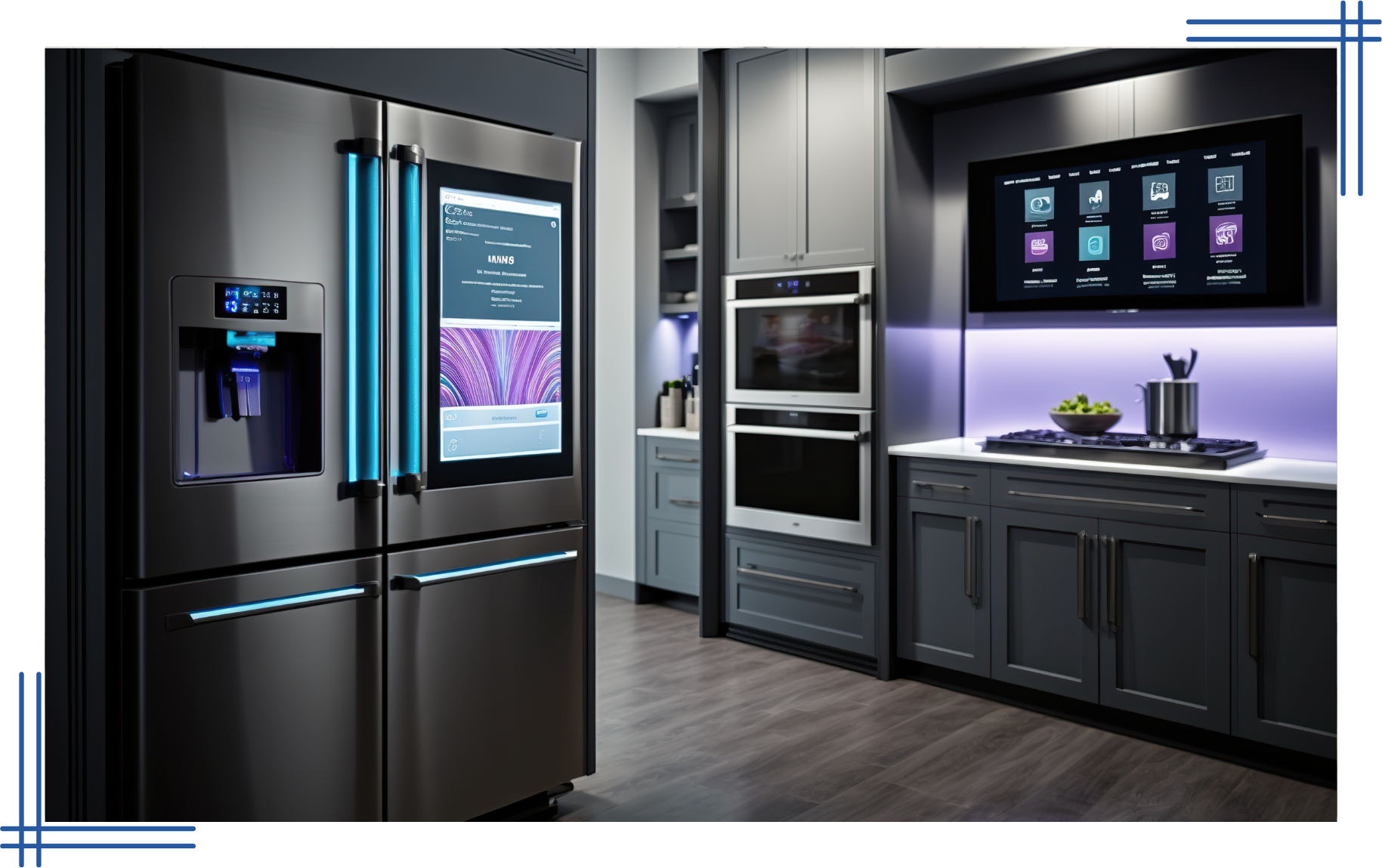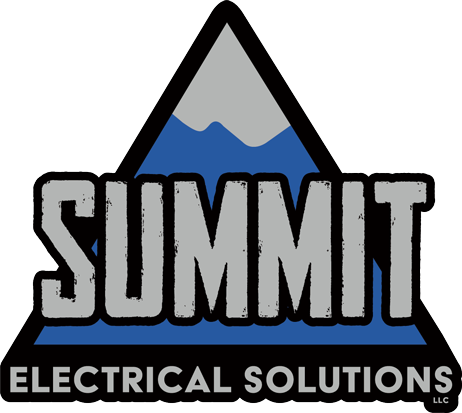
Slide title
Write your caption hereButton
Surge Protection Solutions

Slide title
Write your caption hereButton
Surge Protection Solutions
In today's world, where homes and businesses rely heavily on many electronic devices and systems, the importance of protection cannot be overstated. Electrical surges can occur unexpectedly and have the potential to cause significant damage to vital equipment, ranging from computers and appliances to HVAC systems and security installations.
Electrical surges are primarily caused by external and internal factors. External are often the result of lightning strikes or changes in power grid dynamics, such as power outages and utility grid switching. Internal, on the other hand, can occur multiple times a day, generated by devices within a building switching on and off, thereby disrupting the steady flow of voltage. Without adequate protection, they can degrade or destroy electronic components, leading to costly repairs, data loss, and significant downtime.
Power Strips Vs. Surge Protectors
Navigating the world of electrical safety can often be confusing due to the seemingly interchangeable use of terms like "surge protectors" and "power strips." Although they may look similar at a glance, their functionalities and the levels of protection they offer are significantly different.
They typically come in a strip format equipped with multiple outlets, allowing for several devices to be plugged into a single wall outlet. While power strips are extremely useful for increasing plug capacity, their primary function is not to protect electronics from power surges. Most basic power strips offer no more protection against electrical spikes than plugging a device directly into a wall outlet would.
Surge protectors, on the other hand, are specifically designed to protect electronic devices from voltage spikes. They contain internal components, such as metal oxide varistors (MOVs), which absorb and redirect excess voltage, thereby preventing it from reaching connected devices. This is important for protecting sensitive electronics such as computers, televisions, and other high-value equipment that can be severely damaged by unexpected events.
Level Of Protection
The level of protection is often quantified in joules, which measures a device's energy absorption capacity. Higher joule ratings indicate a greater ability to protect against more powerful or more frequent surges. Surge protectors also often include additional protective features like light indicators that show the protection status and grounding, as well as safety shut-off mechanisms that cut power when the protection is no longer effective.
If the goal is simply to increase the number of available outlets, a power strip may suffice. However, for electronics that are expensive, essential for daily operations, or sensitive to power fluctuations, a surge protector is a wise investment. It's also advisable to check the specifications to ensure it meets the required safety standards and provides adequate protection based on the environment and the devices being used.
Protection For The Entire Home
Whole-home protectors are typically installed at the service entrance panel, intercepting surges before they can permeate the electrical system. Unlike power strips, which only protect devices directly plugged into them, whole-home systems extend their protective reach to every outlet. This is important because it guards against events that can affect hard-wired appliances like ovens, HVAC systems, and built-in refrigerators, which cannot be connected to a power strip.
Furthermore, the comprehensive protection offered by whole-home systems is more robust. Power strips generally provide adequate protection against minor surges but may not withstand the high voltage of a major one, such as one caused by a nearby lightning strike. Whole-home systems, however, are designed to handle much larger events, absorbing and diverting them safely into the ground away from the home’s electrical circuits.
Another advantage of whole-home systems is their longevity and less frequent need for replacement. Power strips can lose their protective capabilities after a single large or multiple smaller surges, often without any indication to the user that they are no longer functioning as intended. Whole-home systems, by contrast, are built to endure multiple surges over an extended period and typically have indicators to show when they need to be serviced or replaced.
Lastly, the installation of a whole-home system is a proactive measure that enhances the overall safety of an electrical system. It helps prevent fire hazards caused by overloaded circuits and damaged wiring, offering peace of mind to homeowners and business operators alike. By safeguarding not just portable electronics but also the integral components of a building’s infrastructure, whole-home systems provide a comprehensive solution for modern electrical safety standards.
Electrical Solutions For Businesses
Electrical disruptions can be particularly devastating in environments reliant on digital technologies and machinery. For instance, data centers, manufacturing facilities, and retail operations depend heavily on the constant availability of power to maintain data integrity, production lines, and point-of-sale systems, respectively. An unexpected power surge can damage sensitive equipment, leading to operational downtime and costly repairs or replacements. Moreover, data loss from such incidents can have long-lasting repercussions, including loss of customer trust and potential legal liabilities.
By integrating protection systems at key points—such as service entrances, distribution panels, and critical end-use points—businesses can shield their infrastructure from the voltage spikes typically associated with power surges. These systems not only protect physical hardware but also ensure that the data stored on these devices is not corrupted or lost.
The implementation of comprehensive protection is also a preventive measure that contributes to business resilience. It allows companies to maintain operational continuity even in the face of unpredictable electrical supply issues. For businesses that operate globally or round-the-clock, this protection is indispensable. It minimizes downtime, ensures service reliability, and maintains productivity levels, which are critical components of a successful business strategy.
Don't wait to prove the value of adequate protection. Contact us today to schedule a consultation or service appointment. Protect your investments and ensure continuous, safe operation of your electrical devices. Our experts are here to provide you with peace of mind and a tailored solution that meets your electrical safety needs.
Frequently Asked Questions
Q1: Can I plug one protector into another surge protector?
A1: This practice, called "daisy-chaining," is generally not recommended. It can overload the circuit and potentially create a fire hazard. Instead, opt for one with enough outlets to accommodate your devices directly.
Q2: How often should I replace my surge protector, and what signs indicate it needs replacing?
A2: The lifespan depends on how often it absorbs and the severity of those surges. Many come with an indicator light that shows whether the protective components are functioning. If this light goes out or if you've experienced a significant event, it’s time to replace the unit. As a general rule, consider replacing it every two to three years.Top of Form
Q3: Are they fireproof or resistant to fire?
A3: Surge protectors themselves are not fireproof, but many are made from fire-resistant materials to reduce the risk of fire in the event of a major electrical event. Additionally, reputable surge protectors are designed to meet stringent safety standards that include requirements for preventing fire hazards.
All Rights Reserved | Summit Electrical Solutions
